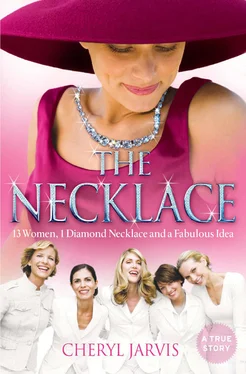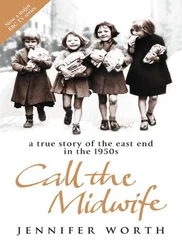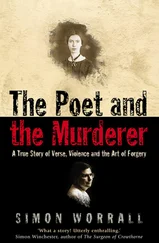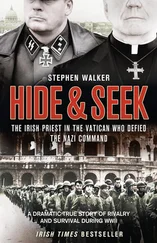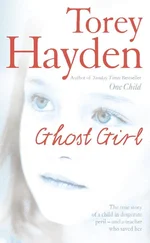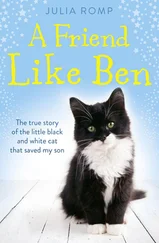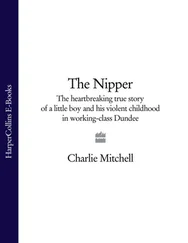After the ceremonial Trying On of the Necklace, the women squeezed together on the taupe leather sofas and on ottomans and chairs scattered around the small living room. Jonell began the storytelling as if they were gathered around a fire at the beach. She talked about herself, her idea, her excitement, and this great group of women. After her narrative, she asked each woman to say something about herself. She couldn’t have known what the other women were thinking as they half-listened, half-analysed what they were doing in this living room, with these women and that necklace.
Eleven women – two couldn’t make it – all white. Eight blond, two brunette, one grey. Nine with wedding rings, one in heels.
Roz McGrath had been analysing the composition of the group as she looked around the room. ‘Where are the women of colour?’ she wondered. ‘Are there only two brunettes here?’ She was sceptical of blondes – in her experience she’d found most ‘blonde jokes’ too close to the truth. She didn’t know most of these women but she wanted them to know who she was. ‘I’m a feminist,’ were the first words out of her mouth.
Nancy Huff winced. ‘The seventies are over,’ she thought. ‘If this is going to turn into some consciousness-raising group I’m out of here.’ But she kept quiet.
When the last woman finished, Jonell started talking again: about her work, her husband, her kids, what this group was all about. She spoke so rapidly that some of the women had trouble keeping up with her. But her message was clear. ‘We are not what we wear or what we own,’ she said. In case they missed the point, Jonell took off her yellow cotton T-shirt, revealing a sheer camisole and an impish smile. Jonell’s old friends in the group, like Patti, had seen it all before. But what looked to them like an old hippie comfortable in her skin seemed different to the newer acquaintances. Some frankly noted Jonell’s great figure – lean stomach, firm arms, large breasts – but Roz McGrath was no longer the only one who wondered what she’d got herself into!
The next item on the agenda was to name the necklace. Jonell wanted to name it after Julia Child, the famous American cook and TV personality who’d died nearly three months earlier, on 13 August, 2004. The culinary idol had lived her later years in nearby Montecito, where Jonell’s husband had built the maple island in her kitchen. Naming the necklace for Child would be a fitting homage to this most admirable women. To Jonell, as well as to the women in the group who’d used her cookbooks and watched her TV show in the seventies, Julia Child introduced French cooking to Americans with an unpretentious style, an adventurous spirit and abundant humour. They appreciated that she hadn’t come into her own until she was in her fifties, but what they really applauded was her appetite for life. Several suggested spelling the name ‘Jewelia’.
Meanwhile, the rest remained quiet. They thought the idea of naming a necklace at all, let alone naming it for a cook, was absolutely ludicrous but no one said so.
Next on the agenda were the time-share arrangements. They agreed that each woman would have the necklace for twenty-eight days, during her birthday month. Only two women’s birthdates overlapped. Patti’s birthday was nine days away so, after they had discussed the rest of the business, she was first to take the necklace, and Jonell ended the meeting by ceremoniously clasping the diamonds around Patti’s neck.
‘Don’t lose it because it’s not insured yet,’ she said. ‘And have fun with it.’
Patti wore the fifteen-thousand-dollar necklace to bed that night but she didn’t sleep well. She woke up twice feeling panicky. Each time, she touched the necklace to make sure it still circled her neck, that it was in one piece and that nothing was broken. This was the first time since she was thirteen and had ‘borrowed’ her older sister’s gold charm bracelet that she’d worn something that didn’t belong just to her. The next morning she felt better, no longer afraid for the safety of the necklace. Still, she fretted over how to put into words what this experience was about. But even if she didn’t know exactly what to say, she decided she should look good saying it. She’d select her clothes carefully, choosing colours and styles that would complement the diamonds. That would be the easy part.
Patti Channer grew up the youngest of six children in Malverne, New York, a small dormitory community on Long Island. Her mother was a fashion aficionado who each season took her daughters on daylong shopping expeditions to the Garment District in Manhattan. First stop was either Saks or Bergdorf’s. At those upmarket department stores Patti’s mother studied the new designer styles. Then she’d take her daughters to Klein’s on Fourteenth Street, the best fashion discount outlet of that era. She knew just what to buy. She’d rummage through the piles of discounted designer garments and head back home with the right stuff. Whether by osmosis, training or something in her DNA, Patti developed a similar eye for fashion and an instinct for the deal.
According to all four daughters, their mother was a stunner, a stately woman who could wear designer clothes with style. She pulled her golden-red hair back in a French twist, kept her beautiful nails manicured, and always wore accessorised her outfits. She was known for her distinctive taste and for dressing her girls in style. She taught Patti and her sisters to take pride in their appearance, because she believed that clothes reveal personality. When Patti started dating boys, her mother instructed her: ‘Always look at a man’s shoes.’ When the family moved to the West Coast, Ventura was the thrift capital of Southern California and Patti’s mother was Queen of the Charity Shop. Patti never forgot finding a chandelier for four hundred dollars exactly like one her mother had bought for five dollars.
‘My love of shopping is genetic, and I consider myself a consummate shopper. I used to pride myself on being able to go into a shop and run my fingers over the fabrics and know which jacket was by one of the top designers. I was never wrong.’
It wasn’t surprising that Patti’s first job while in college was in retail. She worked for Abraham & Straus on Long Island, moving between different departments, and when she was assigned to the jewellery department she bought her first pair of good earrings. They were 14-carat-gold hoops, the size of a two-pence piece, the wires intricately bent into a serpentine design.
‘They were two hundred dollars – this was in 1970 – and I had to pay for them in instalments. I knew they were one of a kind. They made a statement. When I wore those earrings I felt special. Since that time, I’ve never gone out of the house without jewellery. Never.
‘Buying for many people is an aphrodisiac. If they’re sad, they go shopping, happy they go shopping, angry they go shopping. For me it’s the thrill of the hunt, finding the best quality at the best price. I rarely pay the full price. I found a beaded gauze top – a work of art – in a charity shop in Santa Barbara. I paid seventy-five dollars for it. Later when I pulled it out of the wardrobe to wear, I discovered the original price tag – thirteen hundred and fifty dollars. Another find! It felt orgasmic.’
Patti couldn’t feel the same ecstasy with regard to the group necklace – she hadn’t searched it out and struck the deal. But she knew from the start that this was something quite different than just another purchase.
‘Besides,’ she added, ‘I needed another necklace like I needed a hole in the head.’
The bedroom she shares with her husband is the perfect setting to discuss the necklace. In one corner, a bamboo hat rack is nearly invisible underneath handbags – quilted and jewelled and beaded bags, feather and leather, leopard and velvet bags, today’s and yesterday’s bags. And then there are the boas! Long ones, short ones, they come simple and sequinned, in red and chocolate and purple and pumpkin. In another corner, flowing over a wrought-iron quilt stand are wraps and more wraps – silk, woven, textured, fringed. A velvet wrap with mink pom-poms, a black suede wrap with cut-out fringe and a thick felt wrap with oversized pockets. On the bottom shelf of the stand a wicker basket cascades with scarves of cashmere and chenille, painted silks in olive and aubergine, a gold-and-black-sequinned scarf twists into a belt, then a headband, then a necklace.
Читать дальше
